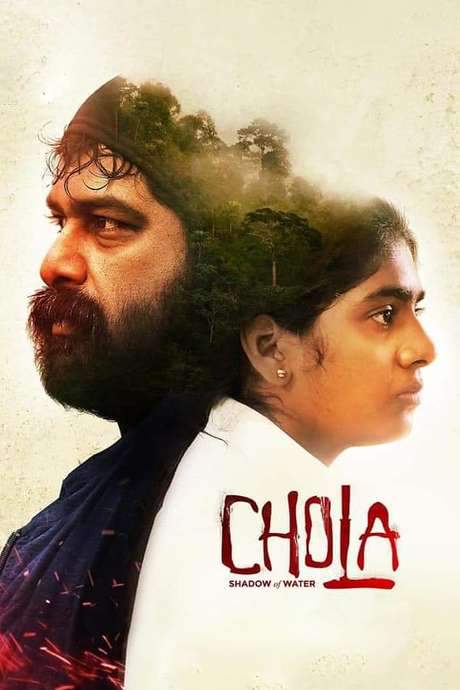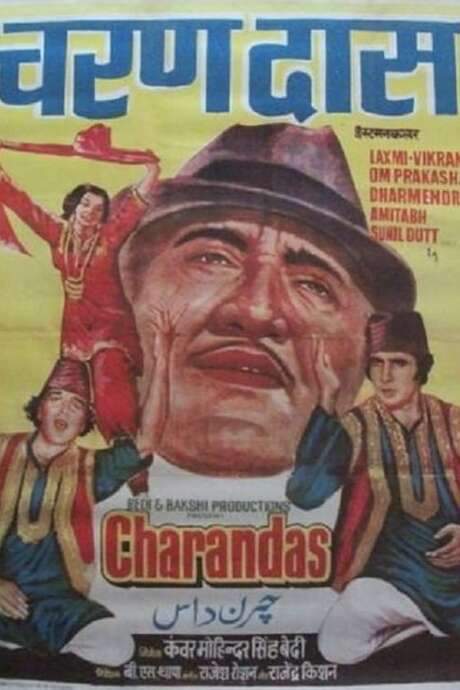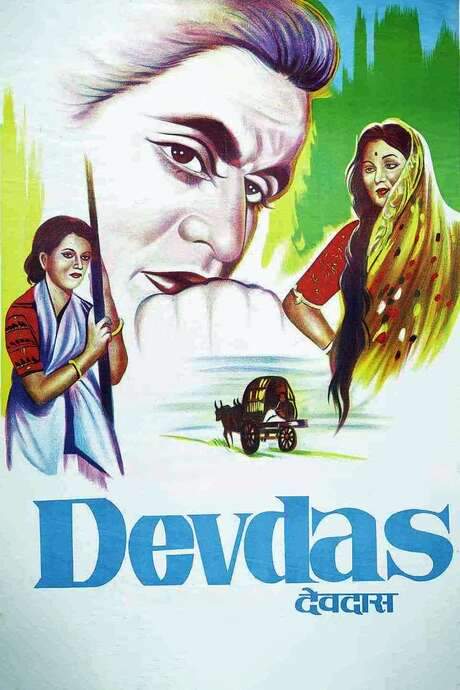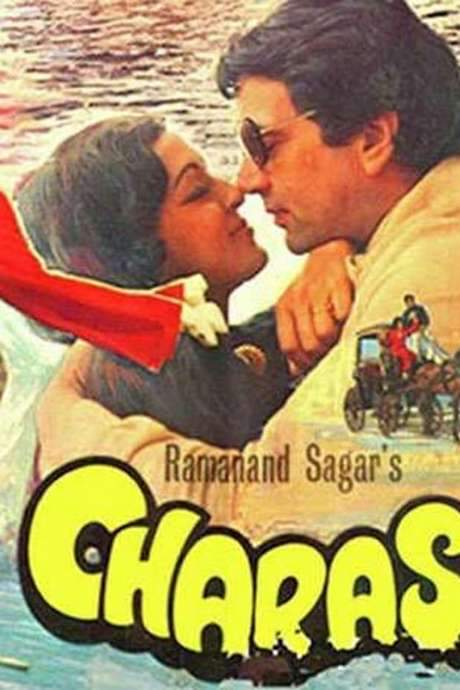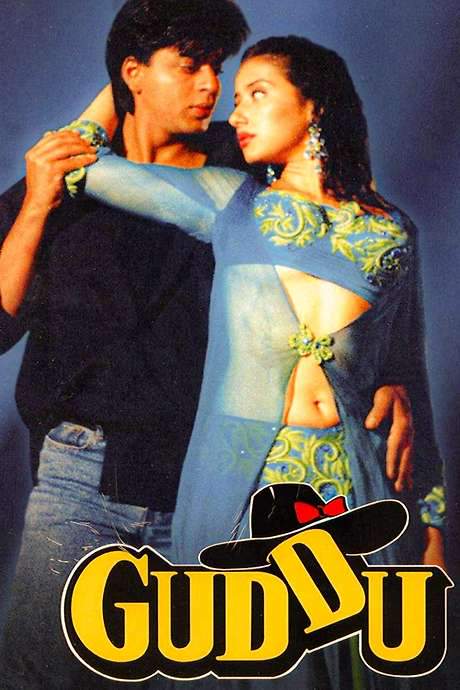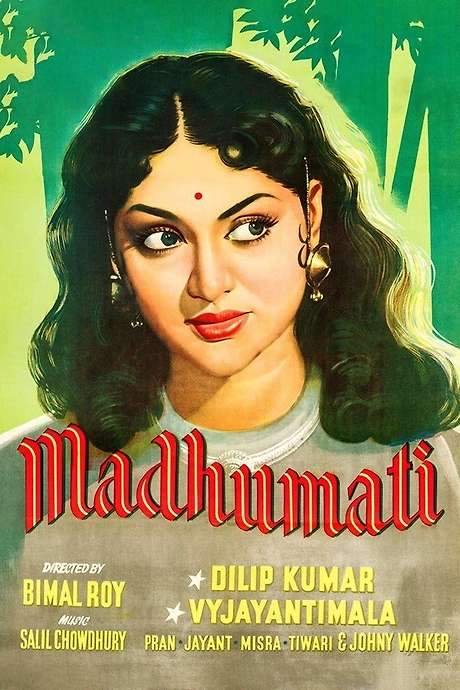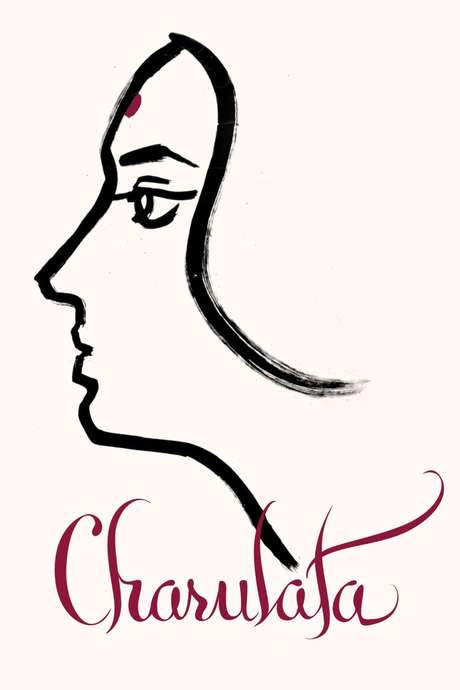
Charulata
Year: 1964
Runtime: 117 mins
Language: Bengali, Bangla
Director: Satyajit Ray
Set in 1870s India, Charulata is an isolated, artistically inclined woman who rarely sees her busy journalist husband, Bhupati. Concerned for her unhappiness, Bhupati invites his cousin Amal—a budding poet—to spend time with Charulata and encourage her creativity. Amal and Charulata quickly connect through their shared love of art, deepening her emotional world.
Warning: spoilers below!
Haven’t seen Charulata yet? This summary contains major spoilers. Bookmark the page, watch the movie, and come back for the full breakdown. If you're ready, scroll on and relive the story!
Charulata (1964) – Full Plot Summary & Ending Explained
Read the complete plot breakdown of Charulata (1964), including all key story events, major twists, and the ending explained in detail. Discover what really happened—and what it all means.
In Calcutta in 1879, during a period of intense cultural and political awakening that many associate with the Bengali Renaissance under British rule, Charulata, Madhabi Mukherjee is the bright, imaginative wife of Bhupati Dutta, Shailen Mukherjee a refined yet workmanlike editor who runs a small political newspaper from their comfortable, well-serviced home. Although Bhupati loves Charu, his attention is consumed by politics and the freedom movement, which leaves Charu feeling isolated amid the warmth of their household and the routines of domestic life. The tension between public duty and private fulfillment sits at the heart of their relationship, shaping Charu’s world as she contemplates her own voice.
To help with finances and to keep Charu company, Bhupati invites Charu’s brother, Umapada, to join the household, and with him comes Umapada’s wife, Manda, Gitali Roy, whose domestic, traditional sensibilities offer little intellectual stimulation for Charu’s restless mind. The arrangement seems practical at first, a way to balance an ambitious home with a public-facing project, but it also underscores Charu’s sense of distance from the life she longs to lead.
Enter Amal, Soumitra Chatterjee, Bhupati’s younger cousin who arrives after finishing college with a simple wish to relax and write. Bhupati, however, sees in him a practical partner who can proofread the newspaper and, more importantly, kindle Charu’s literary talents. What begins as a professional collaboration quickly evolves into a warm, teasing friendship between Charu and Amal, a connection that deepens as they share conversations and debates about literature and poetry. Charu crafts Amal a beautiful notebook, but she makes it clear that whatever he writes in it is only for their eyes, not to be published.
A good marriage proposal arrives for Amal from a wealthy Bardhaman family, and Bhupati encourages Amal to accept, not only because the match would bring financial stability but because the bride’s father offers to send Amal to England to study law. Amal wrestles with the choice—Europe tempts him briefly—but ultimately he tells Bhupati that he does not want to leave India and asks for a month to decide. Charu, confidant and observer, reassures him, certain that he will choose what his heart already indicates.
Meanwhile, Amal’s own voice within the notebook begins to find listeners beyond Charu and Bhupati. An essay Amal writes is accepted by a magazine, and Charu, emboldened, writes something of her own and arranges for it to be published in a more selective periodical. She shows Amal the magazine and, in a moment that blends pride and tension, tells Manda she will also take over Amal’s paan making and even gifts him a pair of slippers she has made. Amal is clearly moved by Charu’s talent and persistence, but Charu’s reaction shifts from encouragement to a quiet sorrow; she confesses—though not publicly—that she will not write again, a sentiment that humbles rather than defeats him.
The festive mood of Bhupati’s party, held to celebrate the Liberal victory in the English elections, contrasts with the darker currents below. Umapada slips away from the revelry and, after taking money from Bhupati’s safe, flees with Manda, claiming that Manda’s father is ill. In the midst of the upheaval, Nishikanta, Suku Mukherjee (a friend of the household), makes a public announcement celebrating the publication of Charu’s story, an event that Bhupati never anticipated and that leaves him exposed to social embarrassment because Charu had not discussed the publication with him.
The financial wound from Umapada’s theft cuts deeply, and Bhupati begins to doubt the value of his own enterprise. He even contemplates shutting down the newspaper, not solely for money but because he feels he has lost faith in mankind. Amal, carrying the weight of his own guilt over his growing feelings for Charu, decides to leave, packing his belongings and departing, leaving behind the slippers Charu made for him and a note encouraging Charu to keep writing and pursue opportunity elsewhere.
A seaside trip offers a glimmer of renewal. Charu envisions a broader scope for the paper: Bhupati and Nishikanta could handle political coverage, while Charu could steer cultural topics, enriching the publication with a more holistic portrait of the world around them. They return home to receive Amal’s letter, in which he says he will accept the Bardhaman proposal. Bhupati steps out to speak with Nishikanta, but a sudden sense of fate disrupts him. Charu, in a moment of raw emotion, tearfully cries Amal’s name, and Bhupati, unable to bear the moment fully, withdraws. When he finally returns, Charu invites him inside, and they share a tentative, fragile reconnection. The scene closes on a photograph-like still that freezes the moment, leaving their future as a couple unresolved and open to interpretation.
The film’s quiet insistence on interior life, the delicate balance between artistic aspiration and social duty, and the inexorable pull of desire against the demands of public life create a portrait of a time and a couple at a crossroads. It is a story that respects both intellectual curiosity and emotional vulnerability, inviting viewers to dwell in the complexities of love, ambition, and the costs of choosing one’s own voice.
Last Updated: October 09, 2025 at 14:09
Unlock the Full Story of Charulata
Don't stop at just watching — explore Charulata in full detail. From the complete plot summary and scene-by-scene timeline to character breakdowns, thematic analysis, and a deep dive into the ending — every page helps you truly understand what Charulata is all about. Plus, discover what's next after the movie.
Charulata Timeline
Track the full timeline of Charulata with every major event arranged chronologically. Perfect for decoding non-linear storytelling, flashbacks, or parallel narratives with a clear scene-by-scene breakdown.

Similar Movies to Charulata
Discover movies like Charulata that share similar genres, themes, and storytelling elements. Whether you’re drawn to the atmosphere, character arcs, or plot structure, these curated recommendations will help you explore more films you’ll love.
Explore More About Movie Charulata
Charulata (1964) Scene-by-Scene Movie Timeline
Charulata (1964) Movie Characters, Themes & Settings
Charulata (1964) Spoiler-Free Summary & Key Flow
Movies Like Charulata – Similar Titles You’ll Enjoy
Chola (2019) Film Overview & Timeline
Chalte Chalte (2003) Ending Explained & Film Insights
Amal (2007) Story Summary & Characters
Charandas (1977) Plot Summary & Ending Explained
Devdas (1955) Detailed Story Recap
Letter from the Wife (1972) Complete Plot Breakdown
Charas (1976) Full Movie Breakdown
Devdas (1936) Complete Plot Breakdown
Anuradha (1960) Ending Explained & Film Insights
Sujata (1959) Movie Recap & Themes
Pyaasa (1957) Story Summary & Characters
Char Adhyay (1997) Detailed Story Recap
Sahib Bibi Aur Ghulam (1962) Movie Recap & Themes
Guddu (1995) Movie Recap & Themes
Madhumati (1958) Plot Summary & Ending Explained



